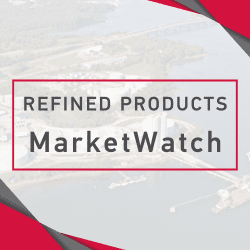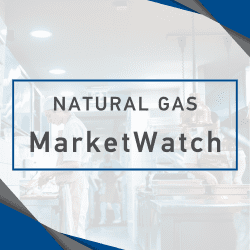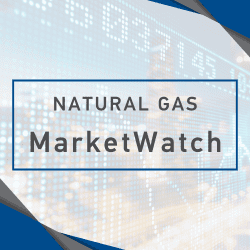Recap: The crude oil market rallied higher in light of U.S. President Donald Trump’s tighter deadline for Russia to end its war in Ukraine and his tariff threats to countries that trade Russian oil. The market dismissed the EIA’s larger than expected build in crude stocks of over 7.6 million barrels for the week ending July 25th. On Tuesday, President Trump said that he would start imposing measures on Russia, such as secondary tariffs of 100% on trading partners, if it did not make progress on ending the war with Ukraine within 10 days, up from a previous 50-day deadline, while on Wednesday, the U.S. imposed a 25% tariff on goods imported from India starting August 1st, along with unspecified penalty for buying Russian weapons and oil. The market also remained supported after U.S. Treasury Secretary Scott Bessent on Tuesday warned Chinese officials that continued purchases of sanctioned Russian oil would lead to big tariffs. The market posted a low of $68.45 early in the session before it continued to trend higher and posted a high of $70.51 in afternoon trading. The September WTI contract settled up 79 cents at $70.00 and the September Brent contract settled up 73 cents at $73.24. The product markets ended the session in mixed territory, with the heating oil market settling down 4.53 cents at $2.4185 and the RB market settling up 5.07 cents at $2.2691.
Technical Analysis: On Thursday, the oil market will remain supported amid the threat of sanctions related on Russian oil trade. It will also remain supported by the announcement on Wednesday of further sanctions imposed on Iran. The market is seen finding resistance at $70.51, $70.96, $73.70 and $75.98. Meanwhile, support is seen at $68.45, $66.53, $65.05-$65.00, $64.71, $64.38, $64.10 and $63.93.
Fundamental News: The Kremlin said it continues to monitor statements by U.S. President Donald Trump regarding sanctions against Moscow, but that Russia had acquired immunity to such measures thanks to long experience.
On Wednesday, U.S. President Donald Trump said his reciprocal tariff deadline for remaining trade partners will not be extended this Friday. Separately, U.S. President Donald Trump said that talks were moving along with China and he expected the two sides to reach a fair deal on trade. Later, President Trump signed an executive order implementing an additional 40% tariff on Brazil, bringing the total tariff amount to 50%. The U.S. excluded several of Brazil’s major exports from the 50% tariff imposed by the U.S., including orange juice, some aircraft, wood pulp and energy products. He also signed a proclamation ordering 50% tariffs on certain copper imports starting August 1st, citing national security.
Chevron has been granted a restricted U.S. license to operate in sanctioned Venezuela. Sources stated that no money from oil proceeds can be transferred in any way to the administration of President Nicolas Maduro. The authorization opens a new window for oil business in Venezuela only two months after a deadline previously set by Washington for partners of state company PDVSA to wind down transactions, including oil exports.
IIR Energy reported that U.S. oil refiners are expected to shut in about 224,000 bpd of capacity in the week ending August 1st, cutting available refining capacity by 3,000 bpd. Offline capacity is expected to fall to 193,000 bpd in the week ending August 8th.
The Federal Reserve held interest rates steady on Wednesday in a split decision that gave little indication of when borrowing costs might be lowered.
Early Market Call – as of 8:25 AM EDT
WTI – Sep $69.67, down 63 cents
RBOB – Aug $2.2560, down 2.6 cents
HO – Aug $2.4232, down 56 points










